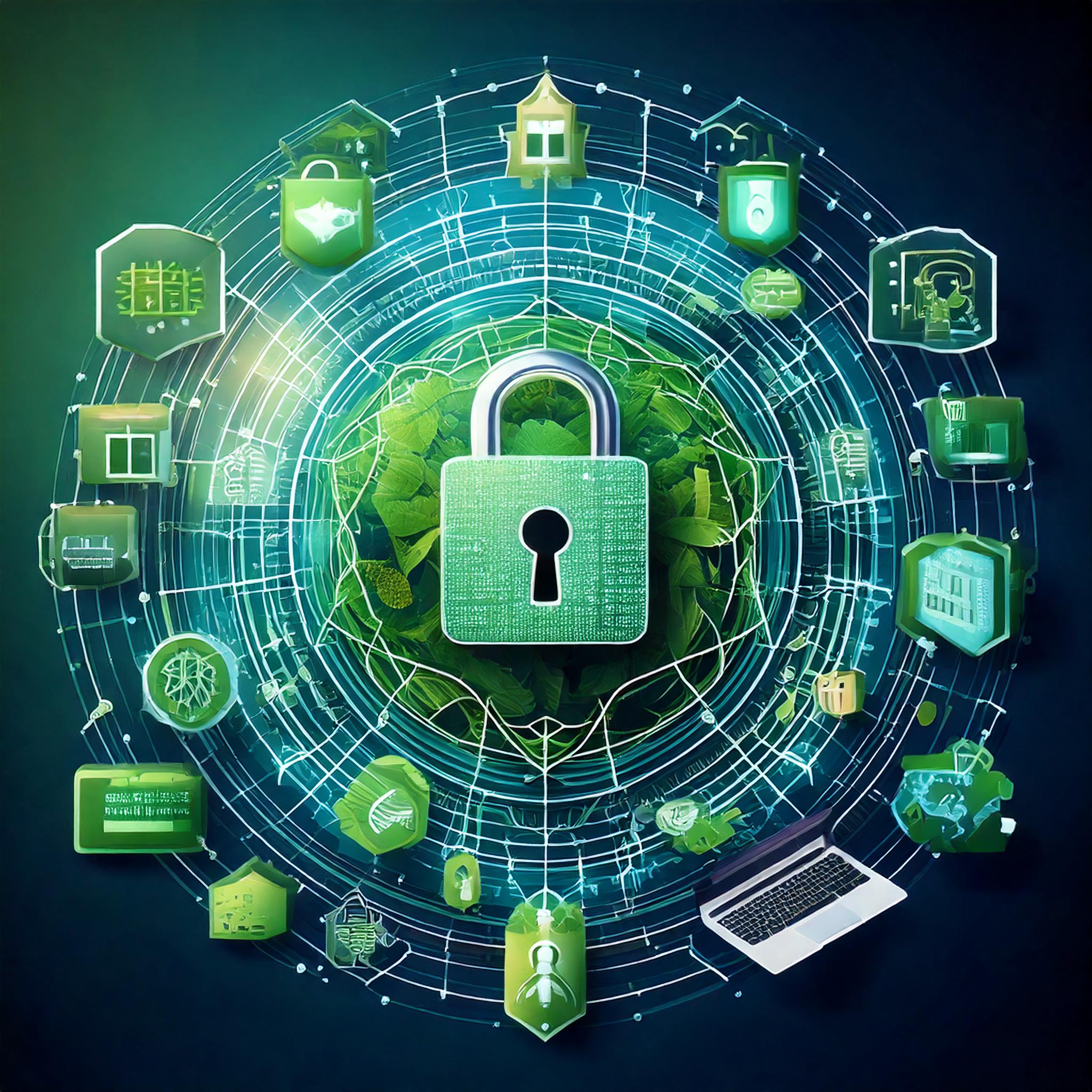Security isn’t just about protecting data—it’s also about creating systems that are efficient, durable, and sustainable. As IT professionals look to reduce their environmental impact, security principles like zero-trust computing and secure software design play an unexpected yet important role in making IT more sustainable.
Let’s explore how these two security practices intersect with Sustainable IT and why they’re key to building tech systems that are both resilient and eco-friendly.
1. Streamlined Resource Use
Zero-Trust Computing is built on a simple idea: don’t assume any part of a system is secure, and verify every access request. This approach avoids the inefficiencies that can come with traditional security models, which typically rely on a single perimeter. By focusing on who actually needs access, zero-trust minimizes wasted resources, reducing the risk of attacks and cutting down on the system strain that comes with locking down breaches.
Secure Software Design also supports this by making sure that security vulnerabilities are minimized from the very start of development. When issues are fixed early on, there’s less need for resource-intensive patches or updates post-deployment, and that means less energy spent fixing or rebooting software. These efficiencies translate directly to a more sustainable approach, as systems operate smoothly without frequent interruption.
2. Longer-Lasting Systems
One of the biggest challenges in sustainable IT is extending the lifespan of our systems. Technology has a finite life, but security breaches, software failures, and forced upgrades often shorten it.
Zero-Trust Computing helps extend this lifespan by proactively preventing breaches that could otherwise compromise hardware or software beyond repair. In avoiding these breakdowns, we can hold on to hardware longer, which aligns well with the principle of Sustainable IT by reducing waste and postponing the need for new hardware.
Secure Software Design is all about creating software that remains stable and secure over time. With fewer vulnerabilities, secure software won’t need as many urgent updates or workarounds to stay safe. This longevity means that businesses aren’t constantly refreshing equipment just to keep up with security standards. When systems last longer, the environmental footprint shrinks, thanks to less e-waste and fewer resources needed for replacements.
3. Reducing Electronic Waste (E-Waste)
Sustainable IT advocates for minimizing e-waste, and these security practices contribute here as well.
Zero-Trust Computing reduces the risk of attacks that could make systems obsolete prematurely. A major security incident might result in hardware replacements or extensive reconfigurations, leading to avoidable e-waste. When systems are effectively protected, we keep equipment in service longer and don’t need to dispose of as much hardware.
Secure Software Design has a similar impact. When software is designed to be secure, it’s less likely to fall victim to catastrophic security issues that might otherwise demand costly or extensive hardware overhauls. The software’s durability means fewer machines head to the landfill simply because their software support ran out.
4. Lowering Energy Use
Energy efficiency is a big goal in Sustainable IT, and both zero-trust computing and secure software contribute here, too.
While zero-trust might seem like it requires more energy at first, given that it’s always verifying access, it actually reduces the energy costs associated with managing and recovering from security breaches. Major breaches can be costly not only in time but in energy used to fix and restore systems. Zero-trust architecture helps avoid those expenses by preventing breaches in the first place.
Secure software is usually designed with efficiency in mind, which means it won’t needlessly hog resources. Efficient code means that systems run smoothly without excess power, helping conserve energy across the board. When software requires fewer resources to operate, we see energy savings that align with Sustainable IT’s conservation goals.
5. Supporting Compliance with Sustainability Standards
As data privacy and environmental responsibility standards evolve, many organizations need to adapt to meet them. Zero-trust computing and secure software design support these efforts by making compliance a built-in feature, rather than an afterthought.
Zero-Trust Computing ensures data is handled responsibly, limiting unnecessary storage and minimizing wasteful resource use, both of which contribute to a smaller carbon footprint.
Secure Software Design can make it easier for organizations to stay aligned with specific sustainability goals, like minimizing the environmental impact of cloud storage or ensuring compatibility with energy-efficient hardware. When software is designed to last and operate efficiently, it’s easier to meet the standards that help push sustainability forward.
The Bottom Line
Zero-trust computing and secure software design are more than just buzzwords in IT security; they’re practical methods for building systems that are not only safer but also more environmentally responsible. By reducing resource waste, extending system lifespans, cutting e-waste, lowering energy use, and supporting compliance with sustainability standards, these practices contribute meaningfully to Sustainable IT.
In the end, security and sustainability share a common goal: creating resilient systems that last. The better we get at designing secure, efficient technology, the closer we get to achieving IT that’s both robust and sustainable.


No responses yet